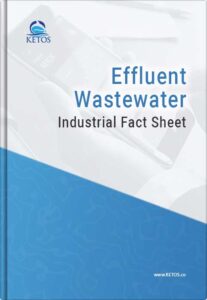Effluent wastewater companies are already increasing their collaboration with local communities to improve existing infrastructure, reduce costs, and monitor local water supplies alongside governmental entities. However, streamlining water usage and quality remains a priority. Our wastewater fact sheet shows how KETOS can contribute to more efficient remediation.
Download This Industry Fact Sheet
Have A Question? Request Your Demo >
"*" indicates required fields
KETOS: Solving for Water Challenges in Effluent Wastewater
 KETOS SHIELD provides accurate, real-time monitoring for dozens of water-related parameters via a multi parameter water quality sensor. Monitoring your water is straightforward via an interoperable, modular system that uploads data to the cloud for secure 24/7 access.
KETOS SHIELD provides accurate, real-time monitoring for dozens of water-related parameters via a multi parameter water quality sensor. Monitoring your water is straightforward via an interoperable, modular system that uploads data to the cloud for secure 24/7 access.
Download our Fact Sheet and uncover how KETOS is working with businesses, utilities, and local communities to help efficiently monitor their wastewater while ensuring:
- Real-time lab-accurate on-site water quality sampling
- Simultaneous water quality testing of 30+ parameters
- An easy setup
- 24/7 access to current and historical data via cloud-enabled storage
What is Considered Effluent?
Effluent can flow from a sewer, treatment plant, or industrial facility. If untreated, effluent may contain high levels of contaminants. If discharged without safe, effective remediation, it can enter waterways, surface and groundwater resources, and the surrounding environment, disrupting ecosystems and endangering wildlife and local communities.
Why Monitor Your Effluent Wastewater
It’s the responsibility of manufacturers, wastewater companies, and local utilities to treat effluent appropriately. Depending on the industry or region, regulatory and compliance requirements will often dictate how water discharges and what levels of water quality are admissible. If an organization does not remediate its wastewater effluent correctly, it may face steep fines and even manufacturing shutdowns until water effluent meets local standards.
Technological Advances in Wastewater Management
While monitoring water quality has traditionally been tedious, time-consuming, and often tricky, technology is helping organizations manage their water resources (including wastewater) more intelligently. No longer must companies rely on manual interventions (such as physically gathering samples) or third-party lab analysis. Instead, many organizations and utilities are turning to technological advancements, such as IoT, automation, AI, and cloud storage. As technologies get more advanced, implementation and monitoring costs continue to shrink, allowing companies to benefit from accurate, more reliable water monitoring at a lower price. Download our wastewater fact sheet to learn more.
Learn How Automated Water Sampling Saves Cities & Businesses Hundreds of Hours Each Year…
KETOS Awards
















© 2025 KETOS.co
